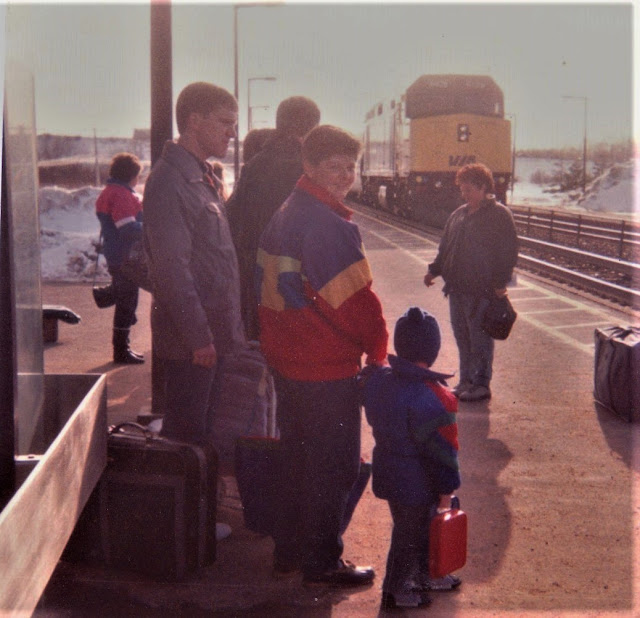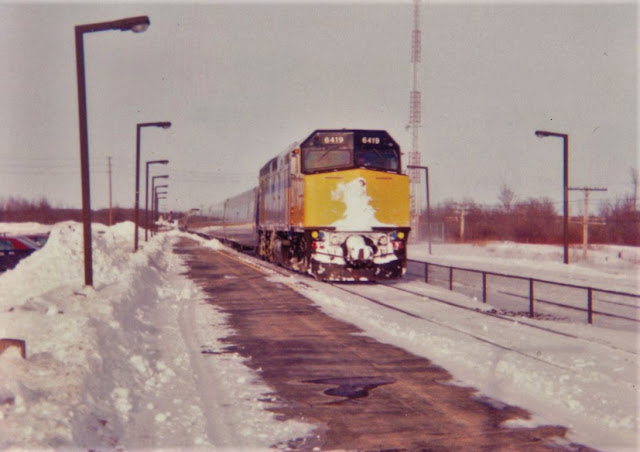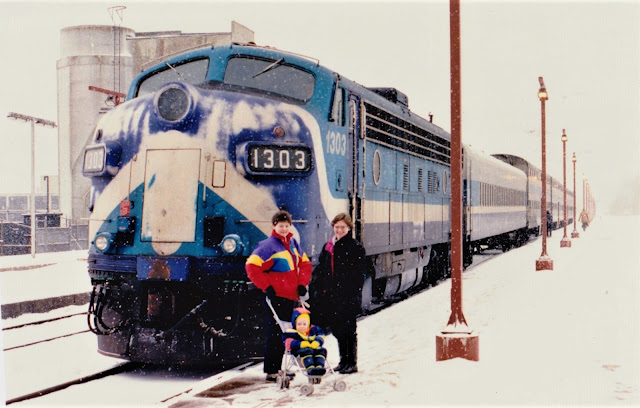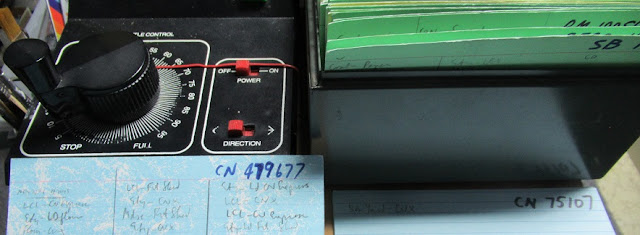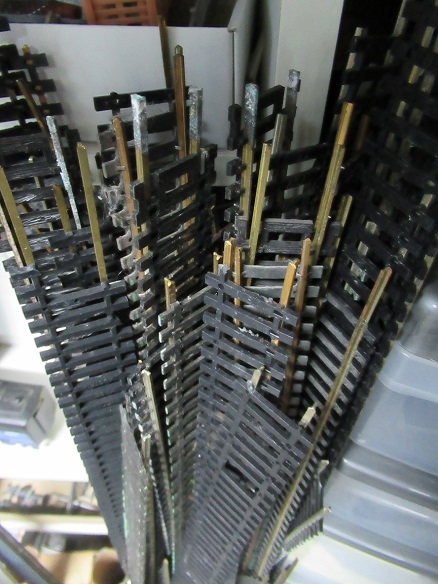On March 17, 2005 CN Toronto-Saint John, NB freight train No 306 went into emergency due to a trespasser on the south track at Mi 178 Kingston Sub. The trespasser did not respond to repeated whistle blasts and jumped off the track at the last minute. VIA No 65 was approaching from the east, and did not see any trespasser despite some searching, nor any problem with 306's train. The head-end of 306 was stopped about one mile west of the Kingston VIA station. The first part of the train would have been on a 0.8% downgrade, and the rear of the train on a 1.0% grade up to Gardiners Road, a major north-south arterial in Kingston's west end. The consist was 130+ cars long.
THE DERAILMENT
Shortly thereafter, 306 started to pull ahead at low speed. While driving west toward Amherstview, I briefly observed this attempt. It was then that several cars derailed. The crew called the Rail Traffic Controller (RTC) at 1852 reporting a loss of air, in emergency at the Gardiners Road underpass, Mi 178 Kingston Sub. There was slack action during the emergency stop, and was the cause of the derailment.
Unusually for a Trackside Treasure post, I have no photographs accompanying the text. That's because this part of the derailment was in the dark! Kingston Whig-Standard photo published March 22:
- NOKL 821081 covered hopper of soybeans (74th car)
- NAHX 481792 and CN 388609 covered hoppers also carrying soybeans
- CCLX 1478, PROX 75987, PROX 75988 and CCLX 1469 tank cars all carrying corn syrup
- RFMX 464358 (ex-Conrail) covered hopper carrying corn (81st car)
- Coteau, Ottawa Central Rly.
- Riviere du Loup or Joffre, Chemin de Fer Baie des Chaleurs
- Edmunston, BAR Madawaska, ME
- Moncton
- Dartmouth
- Saint John
- Cape Breton & Central Nova Scotia Rly.
- Neil Schofield's CP in Vermont made the cover and it's the best article within. I enjoyed matching the photo locations to the trackplan, though the caption for photo #9 appears to have no matching photo, and photo #9 shown is taken at Neil's North Troy.
- there are several big, and I mean b-i-i-i-g trackplans, perhaps continuing a trend for MRP to resemble Great Model Railroads, Kalmbach's other annual. It's OK to show us below-the-layout and unfinished scenes once a year, Kalmbach!
- blog partner Bernard Kempinski's nice Civil War modelling is featured (above) now that his Port of Los Angeles layout has been moved out.
- I've seen lots of layouts that look like other modeller's layouts, taking someone's layout and techniques as inspiration. But Randy Decker sets out to replicate major elements of John Allen's oft-published Gorre & Daphetid. And that just seemed weird!



